Computer Network and Network Topologies
The network in which the different devices or computers of the world are connected is called a computer network.
Benefit of computer network is that it help to connect different devices such as printers, scanners, and computers.
Computer Network Communication
In computer network communication data is communicated by two types of signals which are analog signals and digital signals
The way of communication of computers is by digital signals but the old communication devices such as radios, cassettes, and telephones communicate by analog signal
Role of client and server computer in networking
The role of the client and server computer is given below:
Server Computer
The network resources are provided by the server computer and when other computers request server computer also provides service to it.
Client Computer
A client is a computer that requests the services while the server is opposite to the client that provides the services.
Peer-to-peer network
In a peer-to-peer network, the computer acts as both server and client. All computers in the peer-to-peer model have the same status. Each computer independently stores its software and information.
Network Topologies
It describes the relationship between a network of computer nodes whether it may be logical or physical.
Here are some types of network topologies given:
Bus Topology
Bus topology is the simplest network topology. In a bus topology, all the computers are connected to a single central cable. This topology is also known as the bus network. This topology is common in LAN.

Advantages
- This topology is very simple and also easy to use.
- In this topology, computers are connected using a cable of a small length.
- It is not cheaper than others.
Disadvantages
- A small number of computers are supported by Bus topology.
- If we increase the number of computers the speed of the network slows down.
Star Topology
Star topology has the host which is located in the center and all other nodes are connected to the host. And it is also known as the star network. It is the general network type that uses in offices.

Advantages
- This network is easily modified and maintained.
- We can add and remove the computers without disturbing the network.
- We can find faults simply.
- In the case of failure of a single computer the whole network cannot bring down.
Disadvantages
- As we know it is connected central host, in case of host failure, the entire network breaks down.
- For connecting computers, a large length of cable is required.
- It is expensive.
Ring Topology
Ring topology is different in arrangement than a star topology. In a Ring topology, all the nodes are connected in a loop. Ring topology is also known as Ring network. A server may also exist in the ring topology but it will not connect to all other nodes in the network.
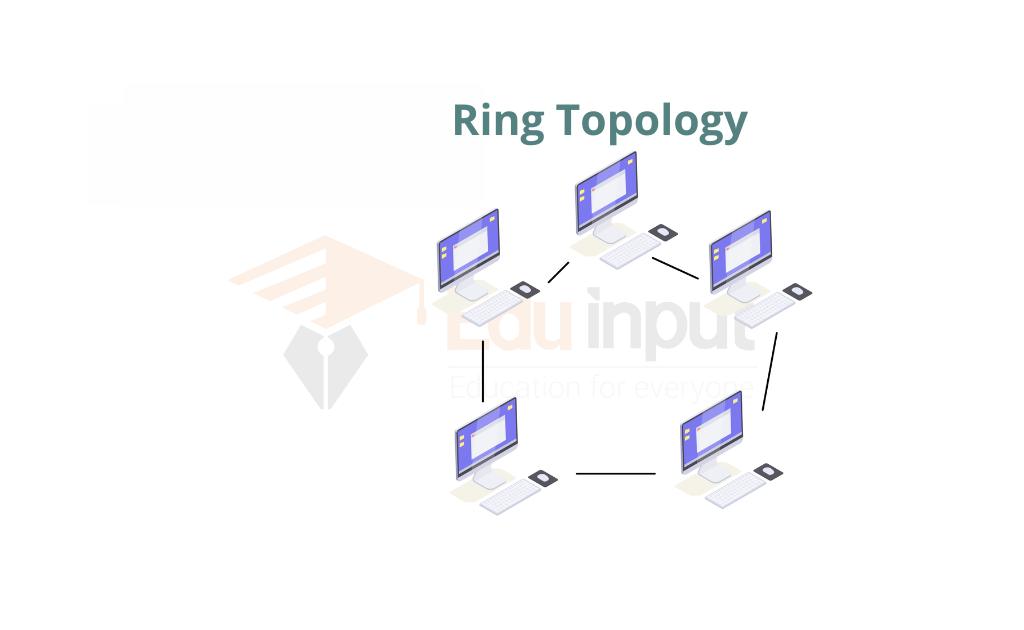
Advantages
- As star topology is expensive it is not expensive.
- Access to the network is equally provided to the computers.
Disadvantages
- As it is connected in the ring thus when one computer fails to work all other networks are affected.
- We cannot add and remove the computer without disturbing the network.
Mesh Topology
Mesh Topology is a network in which every node is interconnected with each other. Mesh topology is expensive in its arrangement. This topology is used for wireless networks.
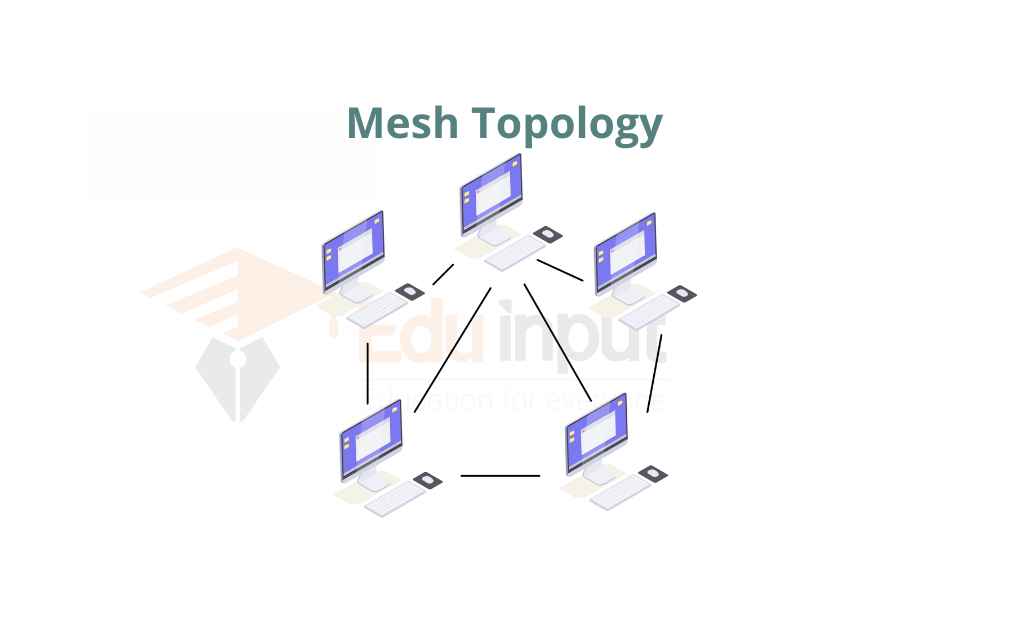
Advantages
- The entire system is not affected by the failure of one link.
- It can easily be troubleshot.
Disadvantages
- Mesh network is expensive.
- It is difficult to install a mesh network.
Tree Topology
It is a special type of topology in which connected elements are arranged like tree branches. It is also known as the star bus topology. There is only one connection in tree topology between the different connected nodes.
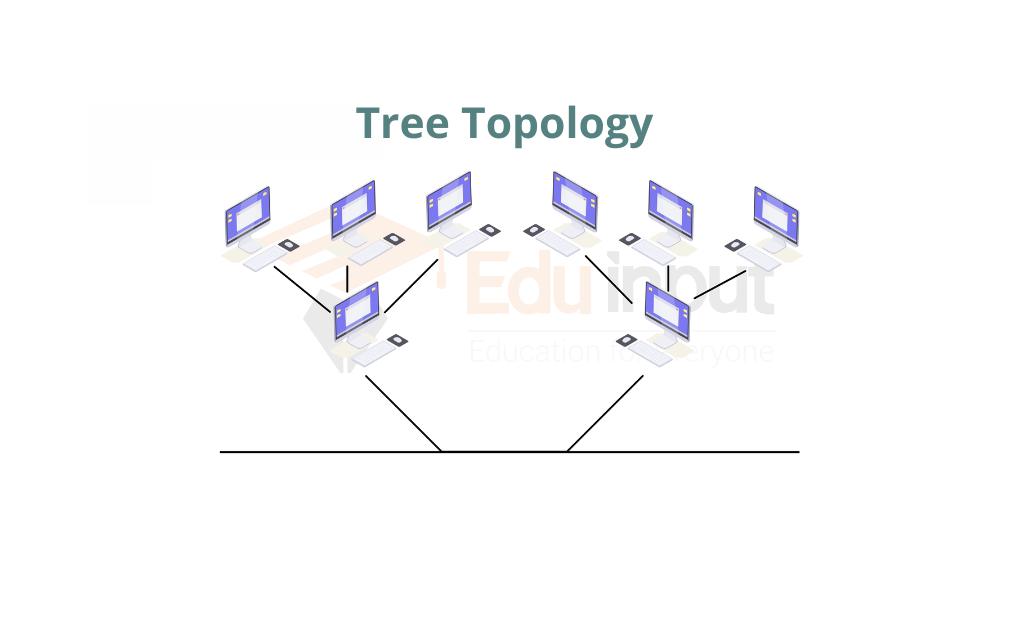
Advantages
- Several hardware and software vendors support this topology.
- This topology is secured highly.
Disadvantages
- The whole segment goes down by the breakdown of the backbone.
- The maintenance is difficult in situations if more nodes are attached to the network.
Hybrid Topology
Hybrid typology is a network topology that uses different types of network topologies which including bus topology, star topology, ring topology, mesh topology, and tree topology. It is used to connect different types of topologies.
Advantages
- It is easy to detect the error.
- It is very reliable.
Disadvantages
- This topology is costly.
- Like mesh topology, it is very difficult to install.
This is all about computer networks and network topologies. For better understanding, you can ask questions in the comment section.

 written by
written by 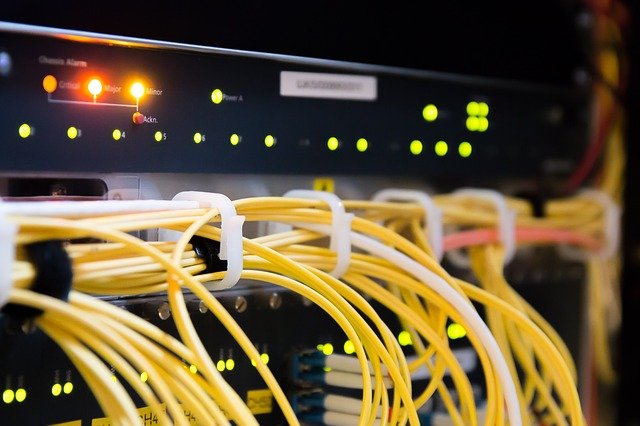
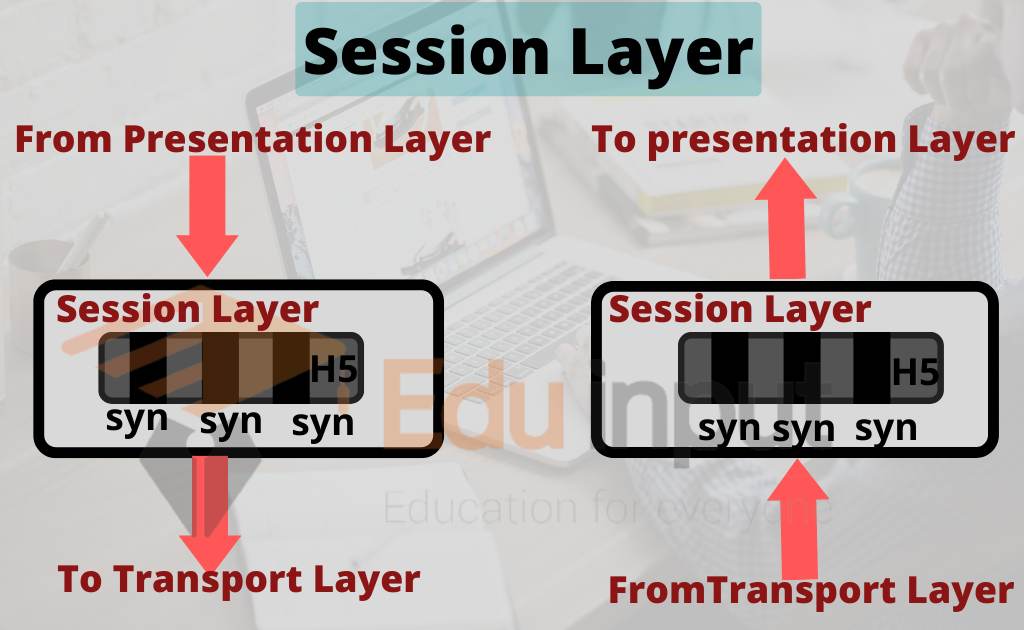




Leave a Reply